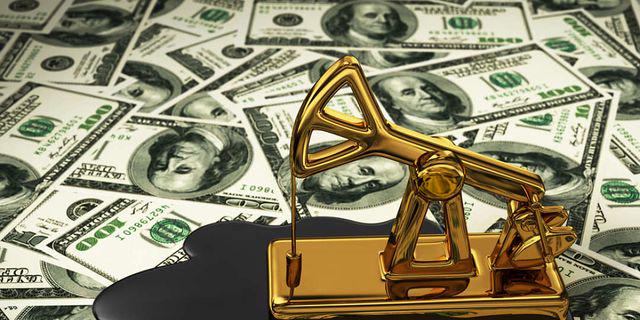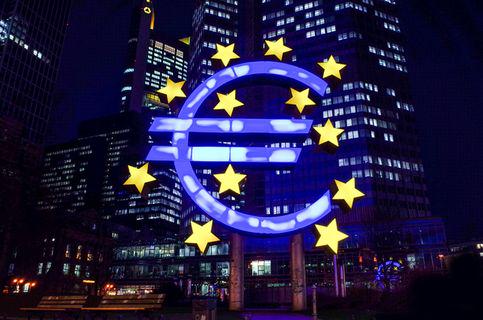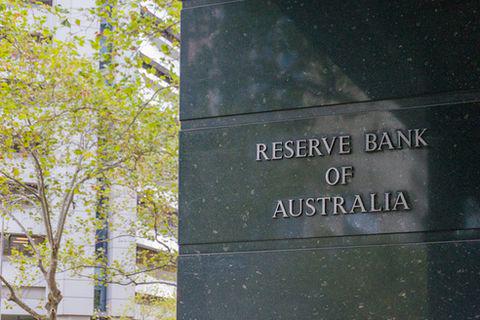
The G20 summit took place in Bali, Indonesia, on November 2022…

Don’t waste your time – keep track of how NFP affects the US dollar!
Data Collection Notice
We maintain a record of your data to run this website. By clicking the button, you agree to our Privacy Policy.

Beginner Forex Book
Your ultimate guide through the world of trading.
Check Your Inbox!
In our email, you will find the Forex 101 book. Just tap the button to get it!
Risk warning: ᏟᖴᎠs are complex instruments and come with a high risk of losing money rapidly due to leverage.
71.43% of retail investor accounts lose money when trading ᏟᖴᎠs with this provider.
You should consider whether you understand how ᏟᖴᎠs work and whether you can afford to take the high risk of losing your money.
Information is not investment advice
The coronavirus has changed everything. When analysts gave forecasts for 2020 at the end of last year, no one could foresee that the whole world would be seized by the pandemic. Call it a “black swan” or not, it’s necessary to re-evaluate the situation and adjust the medium- and the long-term outlook. Below you will find the analysis of the main Forex drivers and the overview of the prospects for the key commodities.
In 2019, economists had some fears of a potential US recession. Well, they were right not only about the USA, but also about the whole world as lockdowns pushed every country to the deep downturn. Now it’s clear that earlier the view was naturally more optimistic. How encouraging the US unemployment rate and NFP were at the end of 2019! We couldn’t imagine at that time that more than 33 million Americans would lose jobs and economic activity would fall to unprecedented lows. The Fed made a dire scenario for the prolonged US recession. All the needed measures have been taken, almost 3 trillion dollars were provided to support the market and additional aids are expected. Anyway, the US dollar gains as a safe-haven currency. The collapse of USD this year remains highly unlikely.
In December, we expected the Federal Reserve to be patient in its monetary policy decisions. At the same time, we didn’t underestimate the power of rate cuts due to recession fears. Coronavirus outbreak flipped the script with the Federal Reserve unveiling outstanding measures to support the suffering economy. The first rate cut from 1.5-1.75% to 1-1.25% happened at the beginning of March and was followed by an even bigger rate cut to the range of 0-0.25% just after a week. At the same time, the regulator announced an unlimited buying of mortgage-backed securities and plans to buy corporate bonds and bonds backed by consumer debt. Moreover, the Fed Chair Jerome Powell didn’t exclude the possibility of negative interest rates. Even though our forecasts were not 100% accurate, the upside for the USD has been indeed limited. As for the stock market, after a shock wave caused by Covid-19, the ultra-loose monetary policy pushed the indices up.
Other major central banks also joined the easing game. The Reserve banks of Australia and New Zealand cut their interest rate to unprecedented lows of 0.25%. The Bank of England and the Bank of Canada lowered their interest rate as well to 0.1% and 0.25% respectively. As for the European Central bank, it keeps the zero interest rate on hold. The supportive tool the ECB presented is the 750 billion euro Pandemic Emergency Purchase Programme (PEPP) aimed to counter the serious risks to the outlook of the Eurozone.
As all major central banks conduct almost similar easing policy, the Forex pairs can fluctuate within certain levels for a long period. That is actually a good news for range-bound traders, as channels are expected to remain quite strong.
The European Central Bank let the market know that it was aiming to do whatever it takes to save the euro area from the coronavirus damage. However, trouble always brings his brother: Germany was so tired to be the sponsor of the unlimited bond-purchasing ECB program that the German court claimed that it actually violated constitution. Now, the ECB has three months to explain that purchases were "proportionate". The ECB credibility is under threat as Germany may pull out of the next ECB's bond purchases. This situation has made euro quite volatile.
Boris Johnson hasn’t kept his promise “to get Brexit done” yet. However, we can forgive him for that as this year brings much worse problems to deal with. Now, when countries are getting over the coronavirus shock, the UK and EU should hold the last round of trade talks and finalize an agreement by the end of December. Some analysts are skeptical about that. They think the deadline could be extended beyond the end of December, leaving the UK subject to tariffs on most goods. This would be devastating for the British pound. The sooner the UK and EU make a deal, the better for GBP.
Oil prices spent last year between $50 and $70. December was positive with the US and China ceasing fire in the trade war and OPEC extending production cuts. Possibility of a scenario where prices drop to 0 and below was absolutely inconceivable even for the most pessimistic observers, and yet it came true. It marked the beginning of 2020 with historically unseen turbulence, even apart from the coronavirus hit.
In the long term, however, there are all fundamentals for oil prices to get back to where they were. However, that may not happen this year. Observers predict that oil prices will recover to the levels of $55-60 if there is nothing in the way during the year. Otherwise, $30 is seen as the safest baseline level for the commodity during 2020.

The G20 summit took place in Bali, Indonesia, on November 2022…

The deafening news shocked the whole world yesterday: the British Queen Elizabeth II died peacefully at the age of 96…

After months of pressure from the White House, Saudi Arabia relented and agreed with other OPEC+ members to increase production.

eurusd-is-falling-what-to-expect-from-the-future-price-movement

Greetings, fellow forex traders! Exciting news for those with an eye on the Australian market - the upcoming interest rate decision could be good news for Aussies looking to refinance or take out new loans. The Mortgage and Finance Association Australia CEO, Anja Pannek, has...

Hold onto your hats, folks! The Japanese yen took a nosedive after the Bank of Japan (BOJ) left its ultra-loose policy settings unchanged, including its closely watched yield curve control (YCC) policy. But wait, there's more! The BOJ also removed its forward guidance, which had previously pledged to keep interest rates at current or lower levels. So, what's the scoop? Market expectations had been subdued going into the meeting, but some were still hoping for tweaks to the forward guidance to prepare for an eventual exit from the bank's massive stimulus
Your request is accepted.
We will call you at the time interval that you chose
Next callback request for this phone number will be available in 00:30:00
If you have an urgent issue please contact us via
Live chat
Internal error. Please try again later